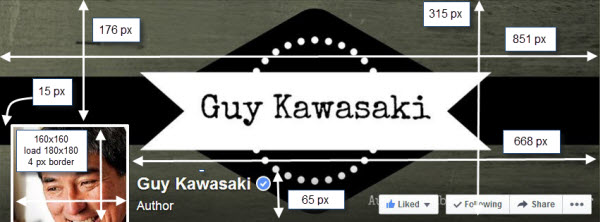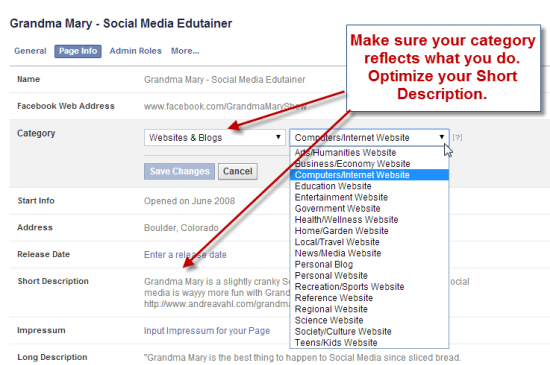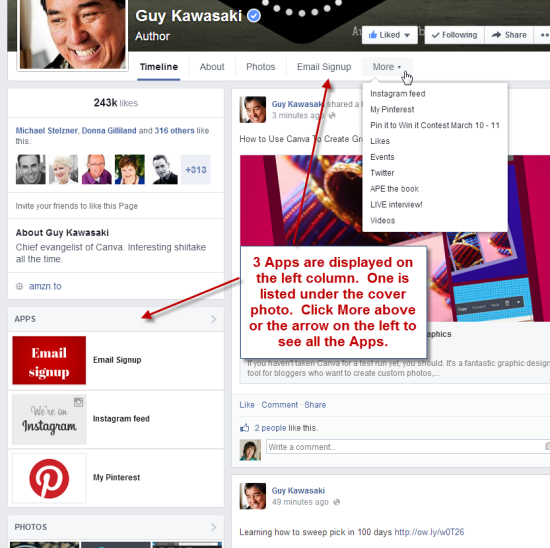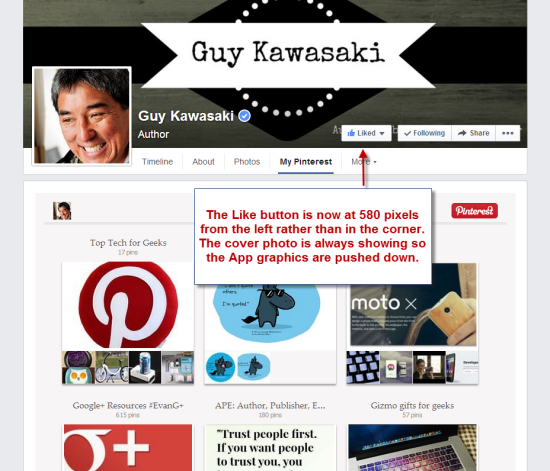This came across the radar a while ago but it is still useful information.
I can't remember the original source so my apologies to them! Basically it's telling you to cross promote your video content! A no brainer!
The best marketing campaigns do not, and can not, work in isolation. There can't be many brands that haven't got at least some kind of social media presence going into 2015, but there are millions of companies who never really use their accounts as fully as they should.
If you want to promote a video, then social media is perfect for getting the word out, and also for allowing others to share the content to their own feeds. If you have uploaded the video to your own site, then enable social sharing buttons on the landing page. If you have uploaded it to YouTube, Vimeo or elsewhere, encourage viewers to share from the watch page.
 Post the video to Facebook, post a link to your video
landing page on your Facebook brand page, tweet a link to the video,
share it on Pinterest, StumbleUpon, Google Plus, post it to your company
blog, post it to your LinkedIn company page, include it in an e-mail
blast, get your employees and your clients to share. Every time you
create and upload a video, let your target audience know it exists by
publishing it via social media and encouraging them to watch, comment,
like, and share.
Post the video to Facebook, post a link to your video
landing page on your Facebook brand page, tweet a link to the video,
share it on Pinterest, StumbleUpon, Google Plus, post it to your company
blog, post it to your LinkedIn company page, include it in an e-mail
blast, get your employees and your clients to share. Every time you
create and upload a video, let your target audience know it exists by
publishing it via social media and encouraging them to watch, comment,
like, and share.















 Can you tell me a bit more about the test and participants?
Can you tell me a bit more about the test and participants? 
